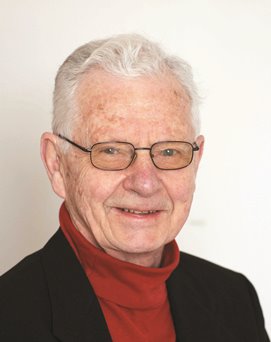
We face uncertainties every moment of every day. But what does it mean to have measurement uncertainty in the laboratory?
As soon as we move into the laboratory and start quantifying various properties of our samples, we also move into metrology, which is the science of measurement and its applications. Metrology has its own language, its own terminology and jargon. Most of the terms have an origin in colloquial English, however, which sometimes causes confusion if the everyday understanding of a term differs from its definition in the lab. Uncertainty, or rather measurement uncertainty (MU), is such a term.
MU is a universal concept in metrology. It is defined as an attempt to identify all events in a measurement procedure that could cause a dispersion of the results, quantify the dispersion, and summarize it in one expression known as the combined uncertainty.
Is MU a well-recognized concept?
MU was launched in 1993 by the Bureau International des Poids et Mesures in close collaboration with other prestigious international professional organizations. MU is thus firmly established and recognized globally, and not only in chemistry. The official publication on MU, “Guide to the expression of uncertainty in measurement” (GUM), is freely available on the Internet.
Does MU add anything to present practice?
Let us consider a measurement procedure. The systematic error and random error are both important indicators of the procedure’s performance and can be expressed as one term known as total error (TE). Westgard defines TE with the equation TE = bias + Z × s(X), “where bias is the estimate of systematic error, s(X) is the estimate of random error, and Z is the multiplier that represents the desired confidence level.” A similar concept is used in the German quality system Rili-BAEK.
MU is another way of combining systematic and random errors. Whereas the TE approach includes bias in its calculations, a central tenet of the MU approach is that if the bias is known and of importance, then the lab should eliminate or minimize it instead! There are several procedures available to achieve this that either involve recalibration or adding a correction factor or constant to the result.
Unlike TE, the MU approach also acknowledges that it is impossible to determine an exact bias value. When correcting for a significant bias, the MU approach therefore stipulates that the uncertainty associated with the bias has to be estimated and added to the combined uncertainty. This increases the uncertainty of the results but leaves the reported result unchanged. This is a great advantage because it frees the ordering physician from having to consider a test result’s bias and also gives laboratories a tool to further harmonize results.
How can the uncertainty be estimated?
The standard uncertainty of each step in the measurement procedure can be estimated by repeated measurements (Type A) or, if this is impossible, by professional experience (Type B). The standard uncertainties of all the individual steps are then combined using error propagation rules in what is known as the “bottom-up” method.
However, the GUM does not specify to which degree the measurement procedure should be detailed. Consequently, for procedures whose individual components cannot be determined experimentally, the imprecision of the entire procedure can be estimated by repeated measurement or by using available information (which may be obtained from quality control data) and regarded as the standard uncertainty of the measurement. From this, the combined uncertainty can be estimated, taking the uncertainty of the compensated bias into account. This is known as the “top-down” method.
So what is the main takeaway here?
Don’t underestimate the importance of identifying and quantifying sources of uncertainty! It helps the laboratorian to identify root causes of errors and is a systematic way to improve testing methods. A key feature is reduction or elimination of a known bias.
Anders Kallner, MD, PhD, is an associate professor in the department of clinical chemistry at Karolinska University Hospital in Stockholm, Sweden.
+Email: [email protected]